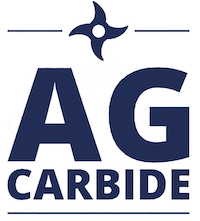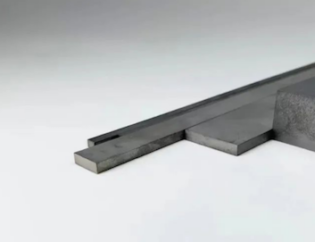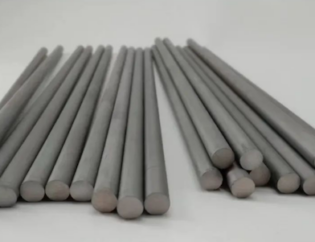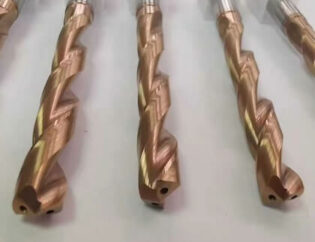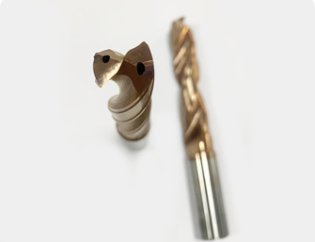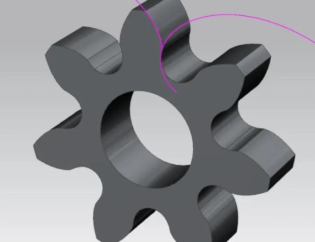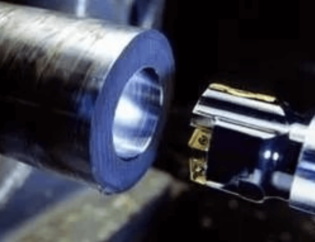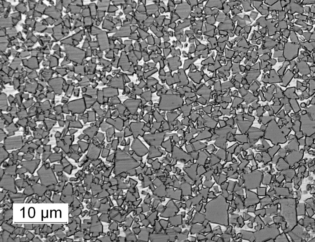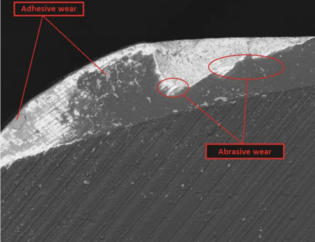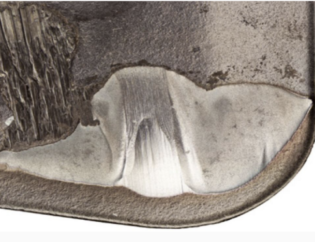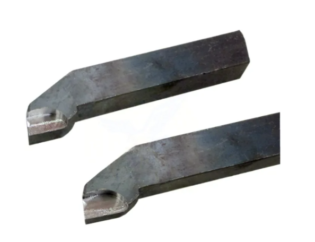ए carbide end mill is an extremely fast cutting tool. These cutters are manufactured from ultra-fine particles of tungsten carbide. This material is highly durable and has a long service life. This cutting tool has high strength and wear resistance. Its high cutting speed makes it very suitable for high-speed applications.
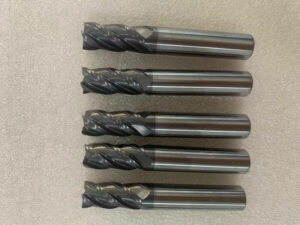
If you are in the market for a new carbide end mill, it can be confusing to choose the best option. You have to consider several factors, including the price and your budget. Then you have to determine your specific needs. A high-speed end mill with a short cutting cycle time might not be the best choice if you are only using it for a few parts. Similarly, if you only have a limited budget for tooling, you may want to purchase a lower-cost general-purpose end mill that is more affordable.
Flutes of Carbide End Mills
The number of flutes on a carbide end mill is an important consideration in chip removal. The flutes on a carbide end mills wrap around the cutting tool, determining the direction and amount of chip ejection. Upcut end mills eject chips toward the top of the workpiece and result in a clean bottom surface, whereas downcut end mills cause surface splintering or tearout.
The number of flutes determines how fast the chips are removed from the material. If the chips are not removed quickly enough, they will melt the material. For this reason, it is important to use end mills with fewer flutes. However, if you have to use fluted end mills, you must be careful about the depth of the cut.
Flutes also affect the diameter of a tool. Generally speaking, flutes increase the overall diameter of the tool. This can lead to reduced productivity. However, higher flute counts are best for finishing operations, such as shaving off a small portion of material. Flutes also contribute to chip load.
When using carbide end mills, it is important to choose the right tool for the task. The right tool will make machining easier and save you time and money. Flutes affect chip removal rate and surface integrity. When choosing the right tool for the job, you should consider the shape and helix angle of the carbide end mills.
Hardness of Carbide End Mills
Carbide end mills should be chosen according to the type of material they will cut. Different types of materials require different geometries and machining strategies. Some require harder, more rigid endmills while others are suitable for softer materials. In addition, they should be hard enough to achieve the desired surface finish.
Carbide end mills should be hard enough to withstand high-speed cutting. It should be durable and scratch-resistant. It should also rebound quickly from indentation. Hard materials are more expensive but will provide high-quality parts. However, they’re also more difficult to process. A high-hardness end mill will provide better cutting performance and will increase your business’s competitiveness.
The critical chip thickness and the edge radius of a carbide end mill are related to each other. The number of revolutions per cutter should be increased for rough milling. If the end mill is not sharp enough, it will cause excessive wear. It can also snag on the metal. To avoid this problem, it’s best to check the hardness of the carbide end mills before buying.
When choosing an end mill, consider its length and material. Larger endmills are harder than smaller ones. This is because the length corresponds to the thickness of the material that you’re cutting. Longer endmills are harder and have more bending and breaking strength. Nonetheless, they’re also more expensive.
The number of flutes also matters. End mills can be two to 12 fluted or four-fluted. Those with more flutes are for finishers and are used for very fine finishes. The number of flutes also impacts the depth of the cut. End mills with more flutes will give smoother cuts on hard materials, while those with fewer flutes will cut deeper into soft materials.
Coatings of Carbide End Mills
Carbide end mills can be coated to extend their life and productivity. The choice of the coating depends on the application. Some coatings are more effective than others. Titanium Nitride, for example, is often used in industrial cutting applications. Today, hundreds of coatings are available for end mills. However, choosing the right coating can be confusing. Here are some guidelines to guide you.
TiN: This coating is most common for carbide end mills. It provides excellent resistance to built-up edges. These built-up edges form when materials adhere to the cutting edge. This leads to the separation of the chip and the rake face. As a result, TiN-coated end mills last longer than uncoated tools.
PVD: PVD coatings are made of high-purity metals. The metal is heated and bombarded with ions to form a thin coating. Next, a reactive gas is introduced to the metal vapour and reacts with it. The metal vapour and the reactive gas form a highly adherent film. The parts must be rotated at the same speed to ensure uniform coating thickness.
CVD: Another coating for carbide end mills is a crystalline diamond. It is a crystalline diamond-like substance and greatly improves tool life. This coating is also highly resistant to abrasion and is best suited for machining non-ferrous materials. However, it is not suitable for cutting hardened steel.
MoS2: Another coating with excellent lubricity is MoS2 (molybdenum disulfide). It is also referred to as Teflon-like, and is often used in dry machining applications. It helps prevent materials from galling and is applied in the PVD process.
Conclusion
When choosing the right carbide end mills for the task, it is always good to consider the three things mentioned above, the flutes, hardness, and coating of the end mills. The right tool will make machining easier and save you time and money. Flutes affect chip removal rate and surface integrity. Hardness affects the ability and efficiency of the milling. Coating affects the durability and productivity of the tools. एग्रेड कार्बाइड provides all kinds of carbide end mills for you to choose from, and if you have questions, please contact us anytime.
